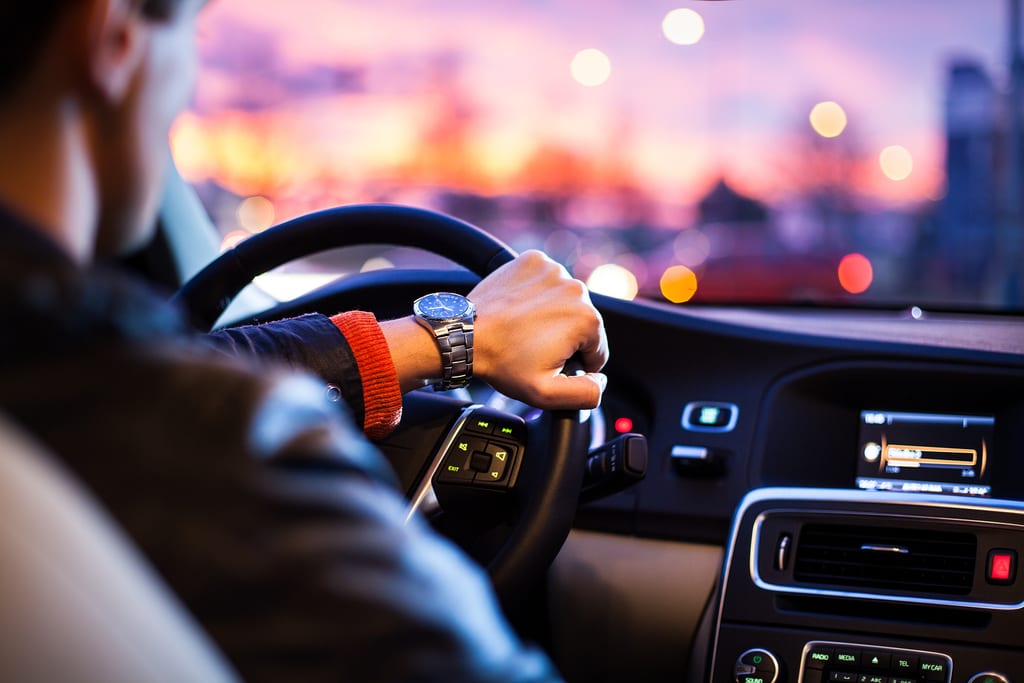 For several decades, our society has become acutely aware of the adverse effects of drunk driving. Field sobriety tests, breathalyzers, MADD, steering wheel locks, designated drivers and random police checkpoints were all born from heightened public awareness and anti-DUI campaigns.
For several decades, our society has become acutely aware of the adverse effects of drunk driving. Field sobriety tests, breathalyzers, MADD, steering wheel locks, designated drivers and random police checkpoints were all born from heightened public awareness and anti-DUI campaigns.
The result has been a mainstream understanding of the dangers of driving under the influence of alcohol, tougher enforcement and penalties, and a corresponding reduction in the number of violent car accidents resulting from alcohol-impaired drivers.
As we have made headway against driving while drunk, a parallel phenomenon is emerging. An increase in illicit drug use among both young adults and older adults, and an increase in over-the-counter drug use by mature adults over 50, are manifesting in a growing similar epidemic – drugged driving.
Why is Drugged Driving so Dangerous?
While states have become more uniform in their testing and enforcement of alcohol-impaired driving, there is much less uniformity when it comes to drugged driving.
One of the reasons is that the effects from different drugs differ depending on their effect on the brain. For example, drivers who use cocaine or methamphetamines may be aggressive and reckless when driving. This drug-fueled behavior, while very dangerous, may be undetectable with field testing equipment. Some sedatives, or benzodiazepines, can cause dizziness and drowsiness on drivers. While these are strong causal factors in many accidents, the drugs may be undetectable with field sobriety testing equipment.[1]
How Marijuana Affects Driving Skills
Marijuana can slow reaction time, impair judgment of time and distance, and decrease motor coordination, similar to the effects of alcohol. Despite numbers indicating high levels of drug-impaired drivers, there is not a good roadside test to determine drug levels in a driver’s system. A trooper who pulls over a marijuana-impaired driver might submit a breathalyzer and field sobriety test that won’t detect marijuana use.
Measuring Drugged Driving vs. Drunk Driving
Most states have a defined blood-alcohol level of 0.08% or 0.10% as a limit to define impaired driving. But there is not a universal level of illicit or prescription drugs in the system that quantifies as a drugged or impaired-driving level. There are increasing calls for authorities to conduct more research to know how much of a drug impairs a person’s driving ability. Already, some states have zero-tolerance policy for drugged driving––an individual can be charged for driving under the influence with any amount of a drug in the blood or urine. Yet, other states are waiting for better research to help define what levels of which drug indicate impaired driving.[2]
Drugged Driving Statistics for Marijuana
After alcohol, marijuana is, by far, the most observed drug in drivers’ systems when tested for impaired driving. A 2013-2014 National Roadside Survey found 12.6 percent of drivers on weekend nights tested positive for THC. And the numbers are increasing: in 2007, just 8.6 percent tested positive (Berning, 2015).
In Australia, a study of over 3,000 drivers found that those with THC in their system were at fault much more often than those without drugs or alcohol in their body. The more THC in the driver’s system, the more likely the driver being at fault. (Drummer, 2004).
How Many Car Accidents Are Caused by Drugs?
While this question is nearly impossible to measure accurately, a small 2010 study examined the driver deaths in six U.S. states and found that more than one in four drivers tested positive for drugs —12.2 percent for marijuana and 5.4 percent for opioids. These numbers jumped more than 10% from a survey eleven years earlier when 16.6 percent of drivers tested positive—4.2 percent for marijuana and 1.8 percent for opioids (Brady, 2014).
Also in 2010, a national U.S. review of fatal crashes found that of those who had drugs in their system, 46.5 percent had used a prescription drug, 36.9 percent had used marijuana, and 9.8 percent had used cocaine. The most common prescription drugs were (Wilson, 2010):
- Xanax® — 12.1 percent
- Vicodin® — 11.1 percent
- OxyContin® — 10.2 percent
- Valium® — 8.4 percent
Drugged Driving Stats in Teens and Young Adults
As of 2014, motor vehicle crashes were the leading cause of death among teenagers aged 16 to 19 (Teen Drivers, 2014). Teens are less likely to recognize dangerous situations and more likely to exceed the speed limit follow too closely (Teen Drivers, 2014). A disturbing trend among teenagers shows that their lack of driving experience is now combined with growing drug use, increasing the possibility of car accidents.
A 2011 survey of high school students showed that the number of 12th-grade students who, within two weeks of the survey, had driven after using drugs or alcohol was (O’Malley, 2013):
- 12.4% had driven after using marijuana
- 2.4% had driven after illicit drugs
- 8.7 percent had driven after drinking alcohol
Of college students, roughly 17 percent had driven under the influence of drugs at least once in the past year. Of those who had driven drugged, about two-thirds had done so at least three times, and about one-third at least ten times. Marijuana was the most common drug used, followed by cocaine (Arria, 2011).
Unless otherwise noted, statistics in this article are noted at https://www.drugabuse.gov/publications/drugfacts/drugged-driving
[1] https://www.drugabuse.gov/publications/drugfacts/drugged-driving
[2] https://www.drugabuse.gov/publications/drugfacts/drugged-driving








